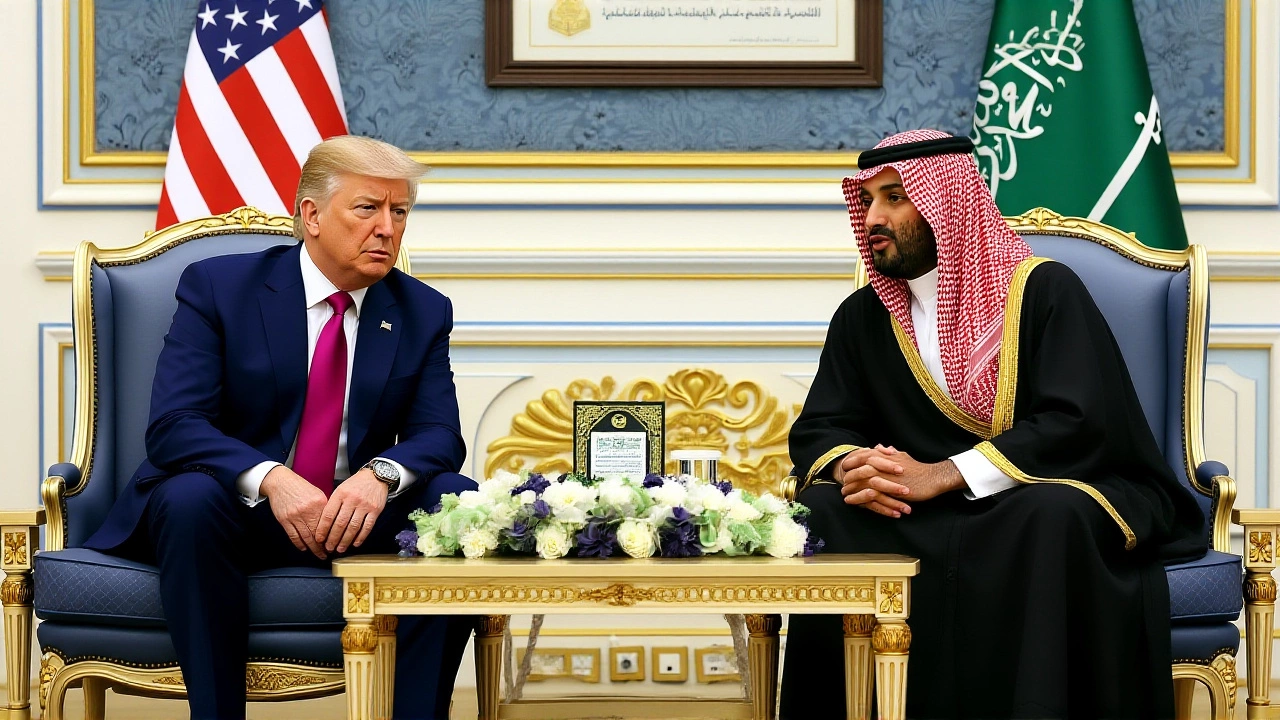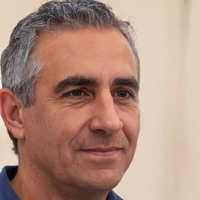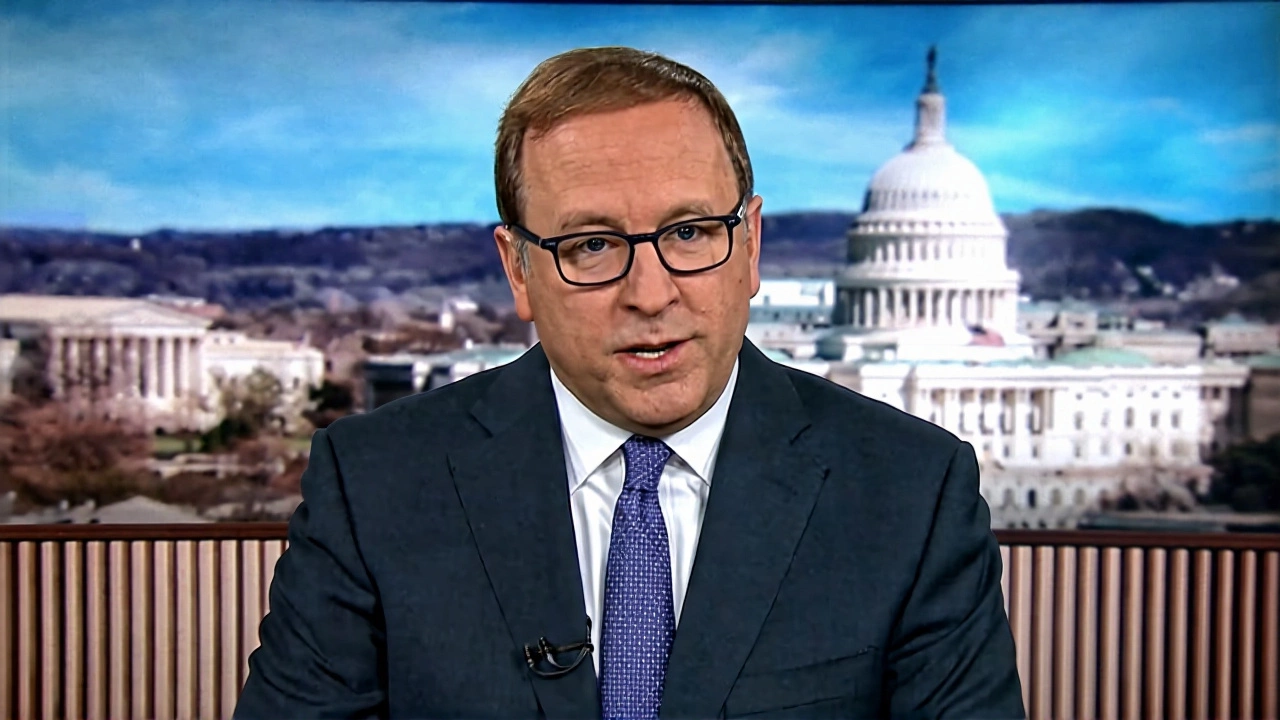When Donald Trump welcomed Mohammed bin Salman to the White House on November 18, 2025, it wasn’t just another state visit—it was a reset button for one of the world’s most consequential alliances. The Kingdom of Saudi Arabia and the United States, bound by nearly a century of shared interests, sealed a new chapter with a black-tie dinner in the East Room of the White House, followed by multiple binding agreements on defense, AI, and nuclear cooperation. The timing? Poetic. As America inches toward its 250th birthday in 2026, Saudi Arabia prepares to mark 300 years since its founding in 2027. This visit, the first by the Crown Prince since Trump’s return to office, carried the weight of history—and the urgency of the future.
A Dinner That Rekindled an Old Alliance
The evening began at 7:00 PM EST, with candlelight reflecting off crystal and the quiet hum of diplomatic protocol. In the East Room, where presidents have hosted kings since Jefferson’s time, Mohammed bin Salman stood before a room of U.S. officials and Saudi dignitaries. His words, unpolished but sincere, cut through the formality: “Thank you. Well, it’s too hard to speak after Mr. President. No one speak better than him.” He paused, then added, “We feel home.” That line, simple as it was, echoed deeper than any policy paper. For decades, U.S.-Saudi ties have weathered scandals, oil shocks, and ideological rifts. But here, in this room, the language wasn’t about leverage—it was about legacy.What Was Signed—and Why It Matters
The White House press office confirmed five key agreements signed during the visit. First, a defense industrial partnership that will see American firms co-produce advanced missile systems and drone technology in Saudi Arabia, reducing reliance on foreign suppliers. Second, a joint AI research initiative between Saudi Arabia’s NEOM and U.S. tech giants including NVIDIA and Microsoft, targeting autonomous infrastructure and predictive military logistics. Third, a civilian nuclear energy framework—strictly for power generation—with U.S. oversight and non-proliferation safeguards, a major shift from past resistance in Congress. Fourth, a $2.3 billion investment fund to expand Saudi purchases of U.S. agricultural goods, energy equipment, and medical supplies. And fifth, a secret, high-level diplomatic channel to explore normalization between Saudi Arabia and Israel, a move that could reshape the Middle East’s security architecture. Sources say the talks are already underway with Israeli officials in Vienna, with a potential joint announcement expected by mid-2026.
Why This Visit Was Different
This wasn’t just about business. It was about trust. During the Biden years, relations cooled after the 2021 CIA report linking the Crown Prince to Jamal Khashoggi’s killing, followed by U.S. arms sales restrictions and public criticism. Saudi Arabia pivoted toward China and Russia, signing major energy deals and military tech transfers. But Trump’s return changed the calculus. He never condemned the Crown Prince publicly. He called him “a strong leader.” And in return, Riyadh quietly shelved its $100 billion deal with China’s Huawei for 5G infrastructure. The Crown Prince’s speech, delivered in his native Arabic with a translator, was intentionally personal. He referenced Roosevelt and King Abdulaziz—men who met in 1933 aboard the USS Quincy in the Suez Canal—to remind everyone that this relationship predates oil, Cold War politics, and even the modern U.S. intelligence apparatus. “We’ve been working together for 92 years,” he said. “Now we’re building the next 92.”The Ripple Effects
Wall Street reacted quickly. Shares of Lockheed Martin jumped 6.8% the next day. Oil prices dipped slightly—Saudi Arabia signaled it would maintain current production levels, rejecting OPEC+ pressure to cut output. But the real tremor was geopolitical. Iran’s foreign ministry issued a terse statement warning of “unstable regional realignments.” Turkey’s president, in a surprise move, canceled a planned visit to Riyadh, signaling unease. Meanwhile, Israeli Defense Minister Yoav Gallant quietly met with Saudi intelligence chief in Paris the following week. The U.S. military is already preparing to redeploy a small team of nuclear safeguards experts to Riyadh by January. And in Congress, a bipartisan group of senators—including Ted Cruz and Chris Murphy—is drafting legislation to fast-track nuclear cooperation, bypassing the usual 18-month review cycle.
What Comes Next
The Crown Prince departs for Riyadh on November 19, 2025, but the work has just begun. A joint U.S.-Saudi task force will meet every 60 days to track implementation. By summer 2026, the first AI-powered military simulation center is expected to open in Riyadh. By fall, a new Saudi-American trade corridor will launch, connecting Houston’s ports with Jeddah’s Red Sea terminals. And if the Israel-Saudi track gains momentum, a historic summit in Washington—possibly even at the White House—could be announced before the end of 2026. The stakes? High. If this alliance holds, it could stabilize oil markets, deter Iranian expansionism, and give the U.S. a foothold in the Gulf as China deepens its presence in Africa and Southeast Asia. If it fractures? The consequences could ripple through global energy, technology, and security systems for decades.Frequently Asked Questions
How does this affect global oil prices?
Oil prices remained stable after the visit because Saudi Arabia confirmed it would not cut production despite OPEC+ pressure. With U.S. shale output also holding steady, global supply remains balanced. Analysts at the Energy Information Administration predict Brent crude will stay between $72–$78 per barrel through 2026, barring geopolitical shocks.
What’s the significance of the nuclear energy agreement?
This is the first time since 2008 that the U.S. has agreed to a civilian nuclear cooperation deal with a Gulf state without requiring full fuel-cycle restrictions. The agreement includes U.S.-supplied fuel rods, training for Saudi engineers, and IAEA monitoring. It’s designed to power NEOM and other megacities, reducing Saudi reliance on burning oil for electricity—a key part of its Vision 2030 plan.
Why did Trump prioritize this visit over others?
Trump has long viewed Saudi Arabia as a strategic anchor in the Middle East, more reliable than Turkey or Egypt. With China expanding influence in the region and Russia supplying weapons to Iran, Riyadh’s alignment with Washington is critical. Trump also sees the Crown Prince as a fellow strongman who delivers on deals—a contrast to his view of Biden’s approach.
Could this lead to Saudi-Israeli normalization?
Yes, and it’s likely. The U.S. has been quietly facilitating backchannel talks since late 2024. Saudi Arabia wants advanced U.S. fighter jets and defense guarantees in exchange for diplomatic recognition. Israel, in turn, seeks access to Saudi markets and energy infrastructure. A joint announcement could come as early as the U.S. 250th anniversary celebrations in July 2026.
What’s the role of NEOM in this partnership?
NEOM, Saudi Arabia’s $500 billion futuristic city project, is the centerpiece of its tech ambitions. The U.S.-Saudi AI deal will focus on smart grid systems, autonomous transport, and AI-driven water desalination—all critical for NEOM’s viability. Microsoft and NVIDIA are already setting up AI labs inside the project’s development zone, with U.S. engineers embedded in Riyadh by Q1 2026.
How did the public react in the U.S.?
Public reaction was mixed. Polls by Pew Research showed 58% of Americans approved of the visit, particularly among older voters and defense hawks. But younger voters and human rights groups criticized the lack of public discussion on Saudi Arabia’s record. The White House released a statement emphasizing “mutual economic interests,” avoiding any mention of human rights—a deliberate choice that drew sharp reactions from activists.

